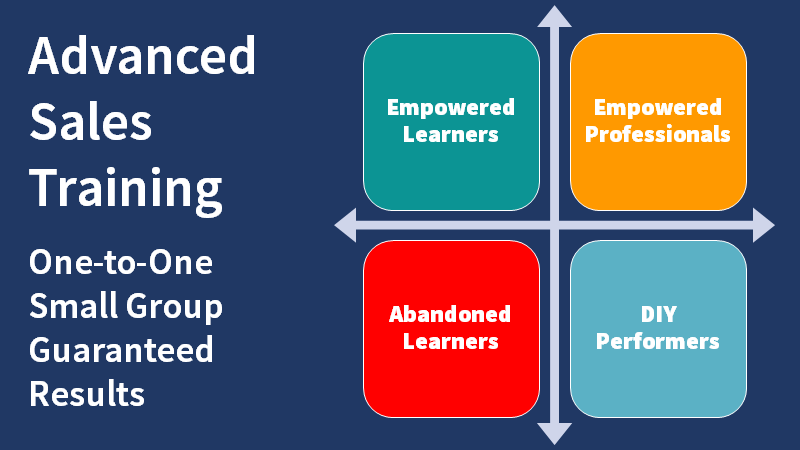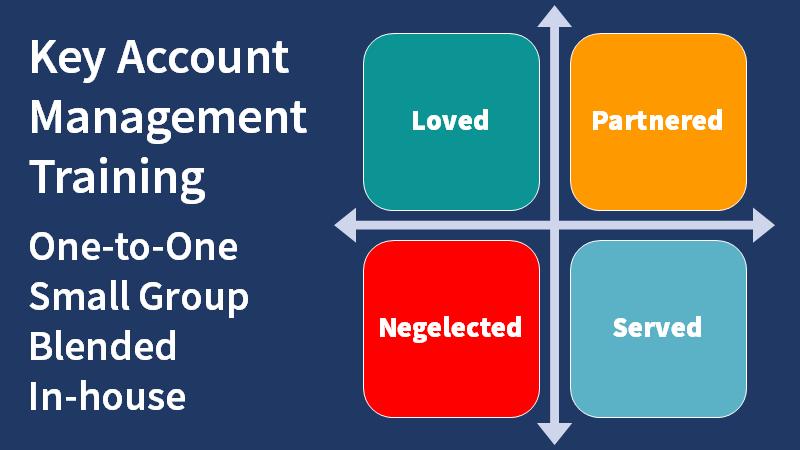Teach yourself about persuasive listening and writing.

On Wednesday, April 1st, 2020, we began delivering a free B2B sales training course via bite-sized posts on the SalesSense LinkedIn company page. This page presents the posts in part eight (b) - persuasive listening and writing.
Follow the links below to study the course.
Return to the course contents page.
In Person Couse Delivery
Have the course content delivered in part or in full, for individuals or groups in sessions led by the course author.
Online Group Training Session - £250 plus VAT. Learn more.
One-to-One Coaching Session - £150 plus VAT. Learn more.
Part Eight (b) - Persuasive Listening and Writing
Listening persuasively - introduction. 8.4
Ways to listen attentively. 8.41
Suspend your agenda to listen persuasively. 8.411
Banish your thoughts to hear the thoughts of others. 8.412
Adopt an expectant state of mind. 8.413
Set aside all judgement. 8.416
Listen with all your senses. 8.418
Silently repeat what people say to you. 8.420
Trust yourself to remember what is important. 8.422
Take the time to review each call or meeting. 8.423
Listening persuasively summary. 8.424
Business writing skills - brevity. 8.51
Writing active sentences for brevity. 8.52
Start with an outline or list. 8.54
Put yourself in your reader's shoes. 8.55
Take into account the perspective of your readers. 8.56
Persuade with the rule of three. 8.58
Never send your first composition. 8.59
Non-verbal language reading shortcut. 8.61
Use a searchlight for reading non-verbal language. 8.62
Say it with non-verbal language, on purpose. 8.71
Project the right non-verbal language with 'Master Control' 8.72
Reading non-verbal signals in video calls. 8.73
Persuasive communication summary. 8.8
The Explorer's Guide to Self-Led Learning
1. Start with Why: Defining Your Learning Quest
Purpose Identification: Before diving into any subject, clarify why you want to learn it. This will serve as your motivational anchor.
Goal Setting: Create SMART goals (Specific, Measurable, Achievable, Relevant, Time-bound) that align with your learning purpose.
2. The Map: Crafting Your Learning Pathway
Resource Gathering: Use a mix of books, online courses, podcasts, and articles. Prioritize quality and relevance.
Tool Selection: Choose tools that enhance learning such as flashcards (Anki), note-taking apps (Notion, Evernote), and mind-mapping software.
3. Learning Modalities: Choose Your Vehicles
- Visual Learning: Incorporate videos, infographics, and visual summaries.
- Auditory Learning: Leverage podcasts, audiobooks, and discussion groups.
- Kinesthetic Learning: Engage in practical, hands-on projects or simulations related to the topic.
4. The Compass: Navigational Checkpoints
Weekly Reviews: Set a fixed time each week to assess what you’ve learned and adjust your plans accordingly.
Feedback Loops: Regularly seek feedback from mentors or online communities in your field of study.
5. The Expedition Journal: Documentation and Reflection
- Active Note-taking: Write summaries, create mind maps, or keep a digital journal of what you learn.
- Reflection: Regularly reflect on how your learning is impacting your personal and professional life.
6. The Campfire: Learning in Community
Study Groups: Join or form study groups with peers who are studying similar subjects.
Teaching: Try to teach what you've learned. This can be through blogs, videos, or community seminars.
7. The Observatory: Expand Your Horizon
Interdisciplinary Learning: Connect your main subject with different fields to broaden your perspective and enhance creativity.
Future Forecasting: Keep an eye on emerging trends and technologies in your field to stay ahead.
8. The Treasure Trove: Create a Portfolio
Project Creation: Build projects that showcase your knowledge and skills.
Online Presence: Share your projects and learning journey online through a blog, LinkedIn, or a personal website.
9. The Rituals: Build Consistency
- Daily Habits: Incorporate small, daily practices that support your learning goals.
- Health and Balance: Ensure you maintain a balance with physical activity, social interactions, and relaxation.
10. The Rebirth: Iteration and Evolution
Pivot as Needed: Be flexible to change your learning plans as you grow and as your interests evolve.
Lifelong Learning: View learning as a lifelong adventure—always be curious and open to new experiences.
This guide is designed to make your self-led learning journey adventurous and holistic, integrating various tools and strategies to enhance both the depth and enjoyment of learning.
Have this B2B sales training course or any element delivered for groups or individuals through virtual classroom sales training sessions or one-to-one coaching. Call +44 (0)1392 851500 or email jimm@salessense.co.uk for details.












